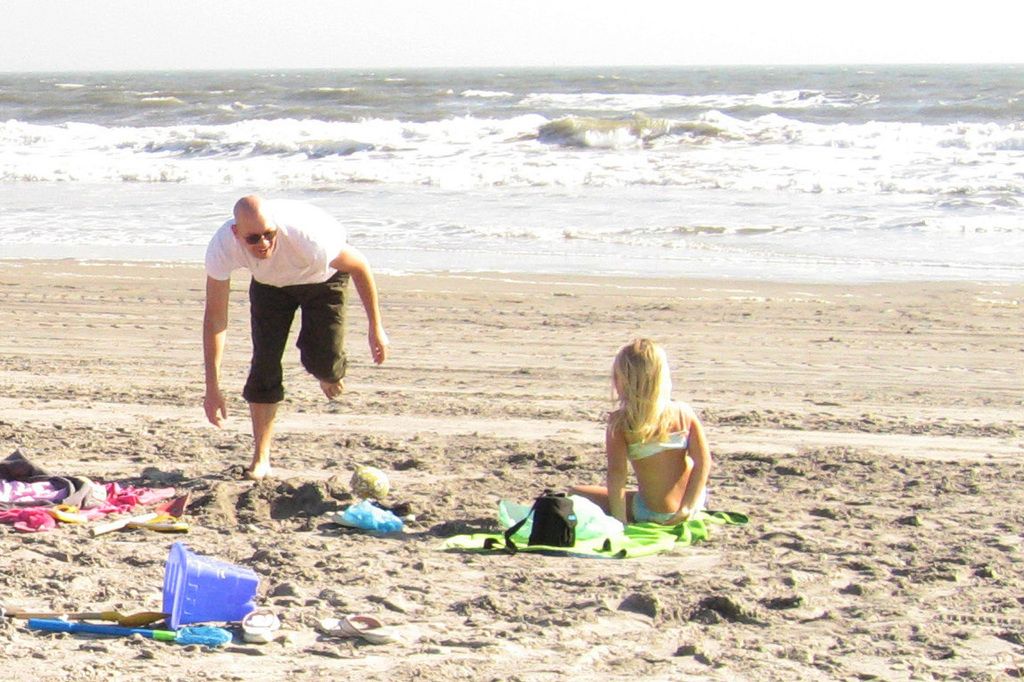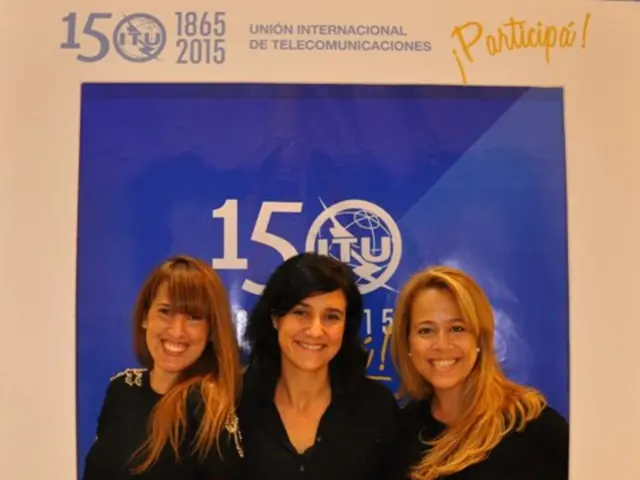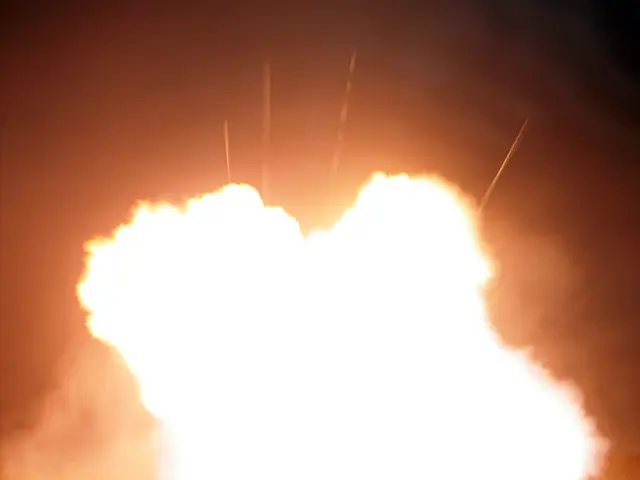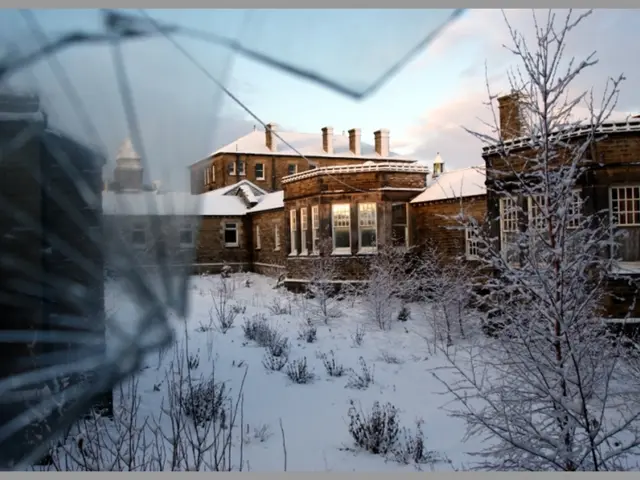Continues the Struggle After Half a Century: Agent Orange in the Vietnam War's Aftermath
Saigon's fall marked the end of the Vietnam War in 1975, but it didn't put an end to the daily struggles for millions affected by its chemical legacy. Meet Nguyen Thanh Hai, one of the millions born with disabilities linked to Agent Orange. His simple tasks, like buttoning a shirt or forming sentences, are a battle he faces daily.
Hai, a resident of Da Nang, was born in the shadows of a US air base, where the toxic remnants of Agent Orange lingered for decades, contaminating food and water supplies in areas like his village. During the war, US forces sprayed 72 million liters of defoliants, with more than half being Agent Orange. This herbicide, laced with dioxin, continues to wreak havoc, affecting countless generations.
Incorporated in the environment, Agent Orange has left a trail of destruction, with 3 million people - including many children - still suffering from serious health issues associated with exposure. Despite Vietnam's tireless efforts to clean up this toxic mess, partially funded by US assistance, the work remains far from finished. With President Donald Trump slashing foreign aid, fear and uncertainty loom over Agent Orange cleanup projects in Vietnam.
The Terrible Legacy of War
The war's end saw the US turning its back on Vietnam, eager to move on from a painful chapter in its history. But Vietnam was left with dozens of dioxin hotspots scattered across 58 of its 63 provinces. Vietnam's government warns that the health impacts on subsequent generations are lasting, with children, grandchildren, and even great-grandchildren of those exposed to these chemicals facing health complications ranging from cancer to birth defects affecting the spine and nervous system.
However, the science regarding human health impact - both for those exposed to Agent Orange and their posterity - remains unclear. This stems from the fact that the two countries initially focused on clearing dioxin from the environment rather than studying its human health impact[1].
A Dream Unfazed by Disability
Despite his challenges, Hai dreams of becoming a soldier like his grandfather. For years, he was confined to his home while his family ventured out to work. It wasn't until five years ago that he started attending a special school. "I am happy here because I have many friends," he says. Other students at the school aspire to become tailors or makers of incense sticks.
Environmental Devastation
The contamination also took a devastating toll on Vietnam's natural defenses. Nearly half of its mangrove trees, which provide crucial protection from storms, were destroyed, while much of its tropical forest was irreparably damaged. The herbicide also leached nutrients from the soil in Vietnam's most climate-vulnerable areas[2].
A Massive Clean Up Begins
After decades of neglect, clean-up efforts finally began. Both the US and Vietnam worked together, with the US funding a large portion of the efforts since the mid-2000s[2]. Since 1991, the US has spent over $155 million on aid for people with disabilities in Agent Orange-affected areas and on programs to recover war dead[2].
Cleaning Agent Orange is not easy, due to the high cost and inherent dangers associated with treating heavily contaminated soil. Polluted soil must be removed and heated in large ovens or buried in secure landfills[2]. Despite the progress made, large sites still remain heavily contaminated, and the work is far from complete.
Fear and Uncertainty
President Donald Trump's cuts to USAID threaten to interrupt funding for Agent Orange clean-up projects, leaving millions in Vietnam with unresolved concerns about their health and safety. The Association for Victims of Agent Orange in Da Nang warns that without US support, the ongoing clean-up operation could be at risk[3].
Without the resources to tackle the toxic chemicals that continue to persist, the contaminated soil could leak into waterways and cause further harm to innocent citizens. A 10-year project to clean up dioxin-contaminated soil at Bien Hoa airbase, launched in 2020, already experienced a brief interruption in March[3].
The future of Agent Orange cleanup projects is uncertain, with fears that 30 years of progress could be compromised by diminishing US support.
Sources:1. From Enemies to Partners: Vietnam, the U.S. and Agent Orange2. U.S. State Department on Agent Orange3. AP: Vietnam anxious over U.S. aid cuts for agent-orange cleanup
- The media coverage on Agent Orange's aftermath shows the ongoing struggles of millions in Vietnam, particularly those born with disabilities due to the chemical's impact.
- The media also populates general news with reports of political tensions, as President Donald Trump's decision to slash foreign aid poses a threat to ongoing cleanup efforts in Vietnam.
- The scientific community continues to study the human health impacts of Agent Orange, with concerns over the intergenerational effects on the health of children, grandchildren, and great-grandchildren of those exposed.
- Environmental science research highlights that Agent Orange is not only a health issue, but also a significant factor in the devastating loss of natural defenses like mangrove trees and tropical forests.
- The ongoing clean-up of Agent Orange is a significant part of the politics between USA and Vietnam, with the US funding a large portion of the efforts since the mid-2000s.
- Chronic diseases, such as cancer and birth defects affecting the spine and nervous system, are closely linked to the exposure to Agent Orange and other dioxins.
- Climate change added to the complexity of the environmental crisis, as theAgent Orange contamination and resource depletion in Vietnam's most climate-vulnerable areas contributed to a weaker resilience to climate-related catastrophes.








